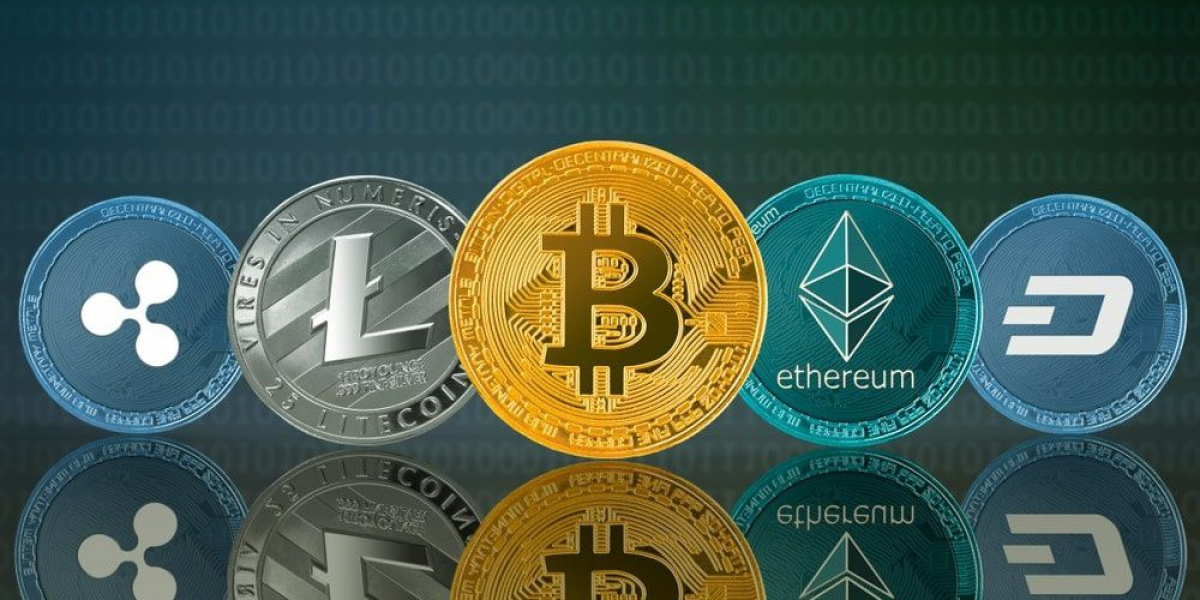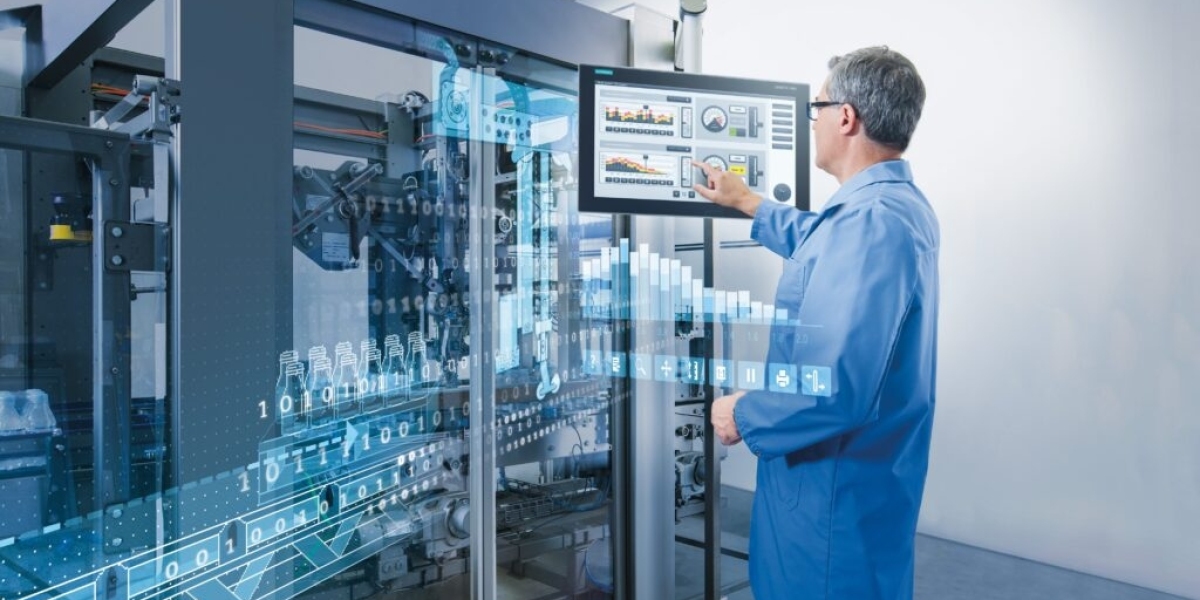The cryptocurrency landscape is rapidly evolving, with innovations continually reshaping our understanding of finance and investment. Among these advancements, the tokenization of real-world assets (RWAs) stands out as a transformative development that holds immense potential for the future of cryptocurrency. By integrating tangible assets into the digital economy, RWAs provide a pathway to bridge traditional finance with blockchain technology. This blog explores the critical role that RWAs will play in the future of cryptocurrency, highlighting their benefits, applications, and the challenges that must be addressed for their successful integration.
1. Enhancing Liquidity in Traditionally Illiquid Markets
Real-world assets have the power to significantly enhance liquidity in markets that have historically been illiquid, such as real estate, fine art, and collectibles. By tokenizing these assets, they can be divided into smaller, tradable units, allowing investors to buy and sell portions of high-value items much like stocks1. This transformation not only increases the ease of trading but also opens these markets to a broader range of investors who may not have had the capital to purchase entire assets. Enhanced liquidity facilitates quicker transactions and creates a more dynamic marketplace for investors.
2. Democratising Investment Opportunities
The tokenization of RWAs democratizes access to investment opportunities, enabling more people to participate in markets previously dominated by wealthy individuals or institutional players. Fractional ownership allows investors to purchase smaller portions of valuable assets, making it feasible for them to invest in high-value properties, art pieces, or commodities2. This democratization encourages a more inclusive financial ecosystem and helps smaller investors build wealth through diversified investments that were once beyond their reach.
3. Bridging Traditional Finance and DeFi
RWAs offer a unique opportunity to bridge the gap between traditional finance and decentralized finance (DeFi). DeFi platforms increasingly enable the lending, borrowing, and trading of real-world assets in ways that mirror established financial systems1. This integration not only enhances the functionalities of DeFi but also attracts institutional and traditional investors who are familiar with these assets. By aligning traditional financial principles with digital innovations, RWAs help create a hybrid financial system that leverages the strengths of both domains.
4. Increasing Transparency and Trust
Blockchain technology provides unparalleled transparency and security for transactions involving RWAs. Each transaction is recorded on a decentralized ledger, which reduces the risk of fraud and ensures a clear, immutable history of ownership3. This transparency can foster greater trust among investors, making them more willing to engage in cryptocurrency markets. Furthermore, automated processes facilitated by smart contracts can simplify regulatory compliance, enhancing investor confidence as they navigate these new asset classes.
5. Diversifying Investment Portfolios
As cryptocurrencies are known for their volatility, integrating real-world assets into investment portfolios allows for greater diversification and risk management. By including assets whose values are tied to the physical world—such as real estate or commodities—investors can hedge against the price fluctuations commonly associated with digital assets4. This diversification can enhance stability within a portfolio, making it appealing even for those who may be cautious about the inherent risks of cryptocurrency investing.
6. Supporting Sustainable Financial Practices
Utilizing RWAs in the crypto space can lead to more sustainable and responsible financial practices. Tokenization can facilitate investments in projects that promote environmental sustainability, such as renewable energy initiatives and carbon credits. By enabling smoother investment in such projects, RWAs can align financial systems with broader societal goals, addressing pressing global challenges while providing attractive investment opportunities.
7. Navigating Challenges Ahead
Despite the promising outlook for RWAs in cryptocurrency, several challenges must be addressed. Regulatory uncertainty remains a significant concern, as differing jurisdictions impose various regulations on tokenized assets. Establishing clear and consistent guidelines will be crucial for fostering growth in this market. Additionally, technological hurdles such as scalability and interoperability need to be overcome to facilitate widespread adoption of RWAs in blockchain ecosystems.
Conclusion
Real-world assets are integral to the future of cryptocurrency, offering a myriad of benefits that enhance liquidity, democratize investments, and bridge traditional finance with decentralized systems. They introduce much-needed stability and transparency into the digital economy while potentially reshaping how individuals and institutions engage with both tangible and digital assets. As the cryptocurrency landscape continues to evolve, the incorporation of RWAs will play a crucial role in defining its future, paving the way for a more inclusive, transparent, and robust financial ecosystem. Tackling the challenges associated with RWAs will be essential to unlocking their full potential, making them a vital focus for the cryptocurrency community in the years to come.








